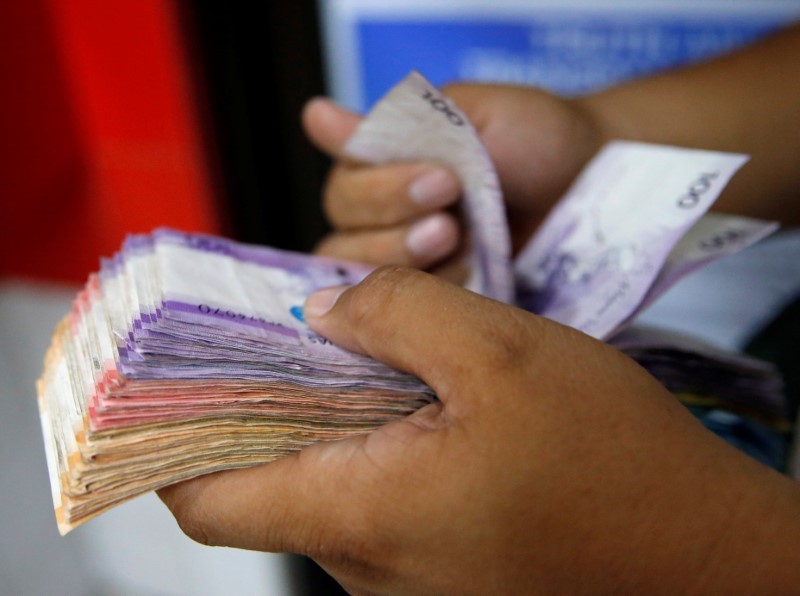
The Philippine economy grew at its fastest annual pace in over three decades in the second quarter, rebounding from a COVID-induced slump a year ago, but tighter curbs are clouding the outlook, reinforcing an accommodative monetary stance.
Gross domestic product (GDP) rose 11.8% in the June quarter, the biggest year-on-year expansion since the fourth quarter of 1988, the statistics agency said on Tuesday.
Philippine’s economy exited a recession after five consecutive quarters of contraction. Economists in a Reuters poll had expected GDP to expand 10% year-on-year in the second quarter.
The economy, however, contracted a seasonally adjusted 1.3% in the April-June period, after growing 0.3% in the previous quarter.
The figures come ahead of the Bangko Sentral ng Pilipinas’ (BSP) policy review on Thursday. Ahead of the GDP data release, the central bank was widely expected to keep the policy rate at a record low of 2.0%.
“The robust performance is driven by more than just base effects. It is the result of a better balance between addressing COVID-19 and the need to restore jobs and incomes of the people,” said Socioeconomic Planning Secretary Karl Chua.
Household consumption grew 7.2% in the second quarter from a COVID-induced slump a year ago, but government spending dropped 4.9% — the first year-on-year contraction since 2017.
The industrial and services sectors grew 20.8% and 9.6%, respectively from the second quarter of 2020, while agriculture, forestry, and fishing shrank 0.1%.
The economy needs to grow 8.2% in the second half of the year to hit the low end of the government’s full-year growth target of 6.0%-7.0%, said Philippine Statistics Authority chief Dennis Mapa.
Economists say this looks increasingly unlikely as tightening curbs cloud the economic outlook. The government has reimposed movement restrictions across greater Manila and some provinces from Aug. 6 as infections have risen in the country with the second-worst coronavirus outbreak in Southeast Asia.
The Philippines has seen cases growing at a rate of around 8,000 to 10,000 a day over recent weeks, above the daily average of 5,700 cases reported last month.
Capital Economics cut its 2021 growth forecast to 5% from 6% on Tuesday. ANZ said it trimmed its full-year growth forecast last week to 4.2% from 4.8%.
“COVID cases surged again in July-August, subjecting the capital region to tight restrictions. This will impact the H2 growth outlook although the pace of vaccination has improved of late,” said ANZ analysts in a note.
While they said the “real burden of reviving the economy is on fiscal policy”, expecting the central bank to maintain its accommodative stance, Capital Economics is betting on more monetary easing.
“The weakness of the recovery raises the chance that the central bank will cut rates again,” said Alex Holmes, economist at Capital Economics.
Source: Licas Philippines
0 Comments